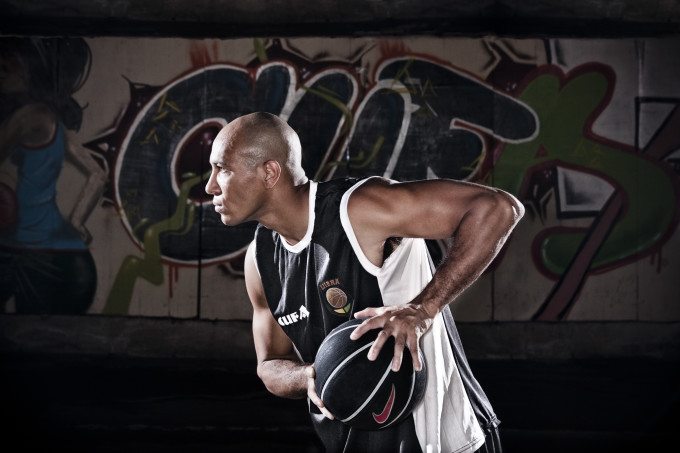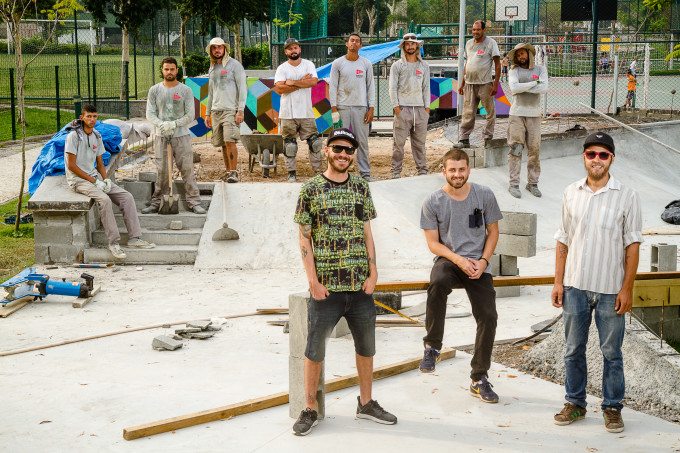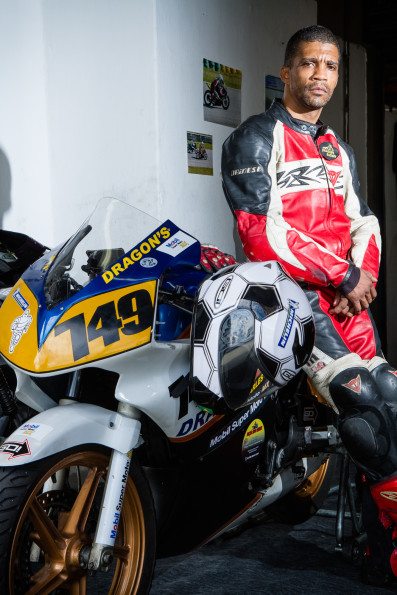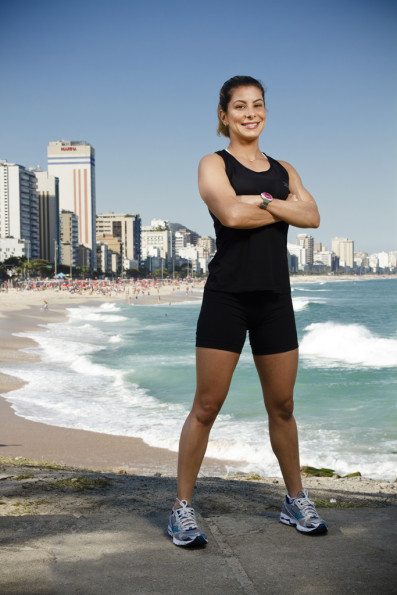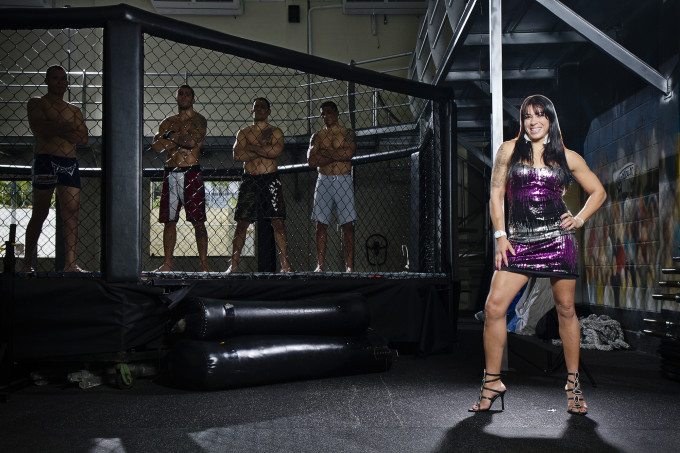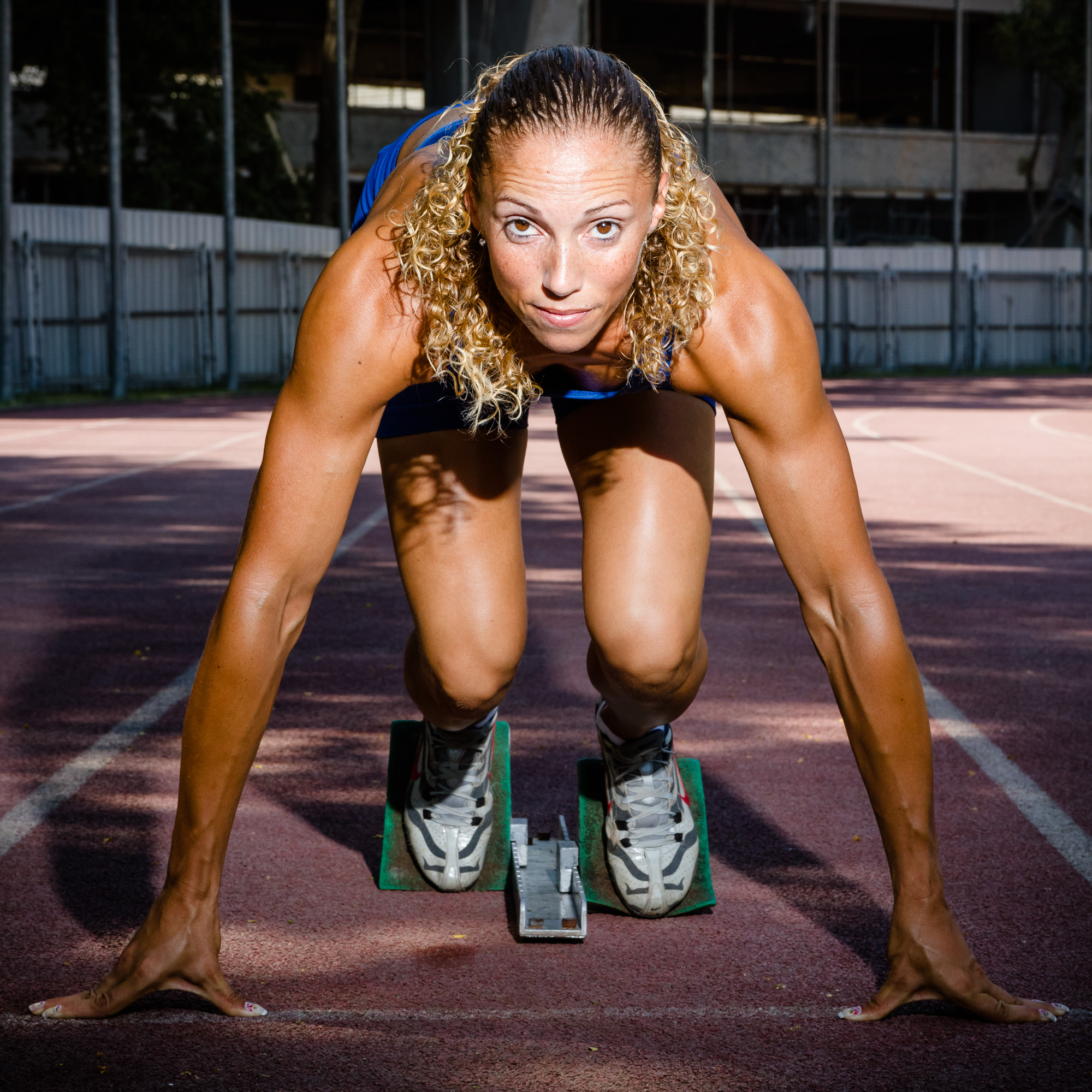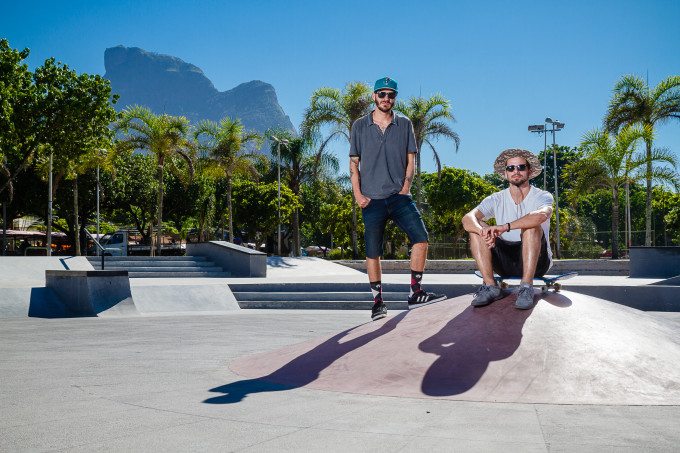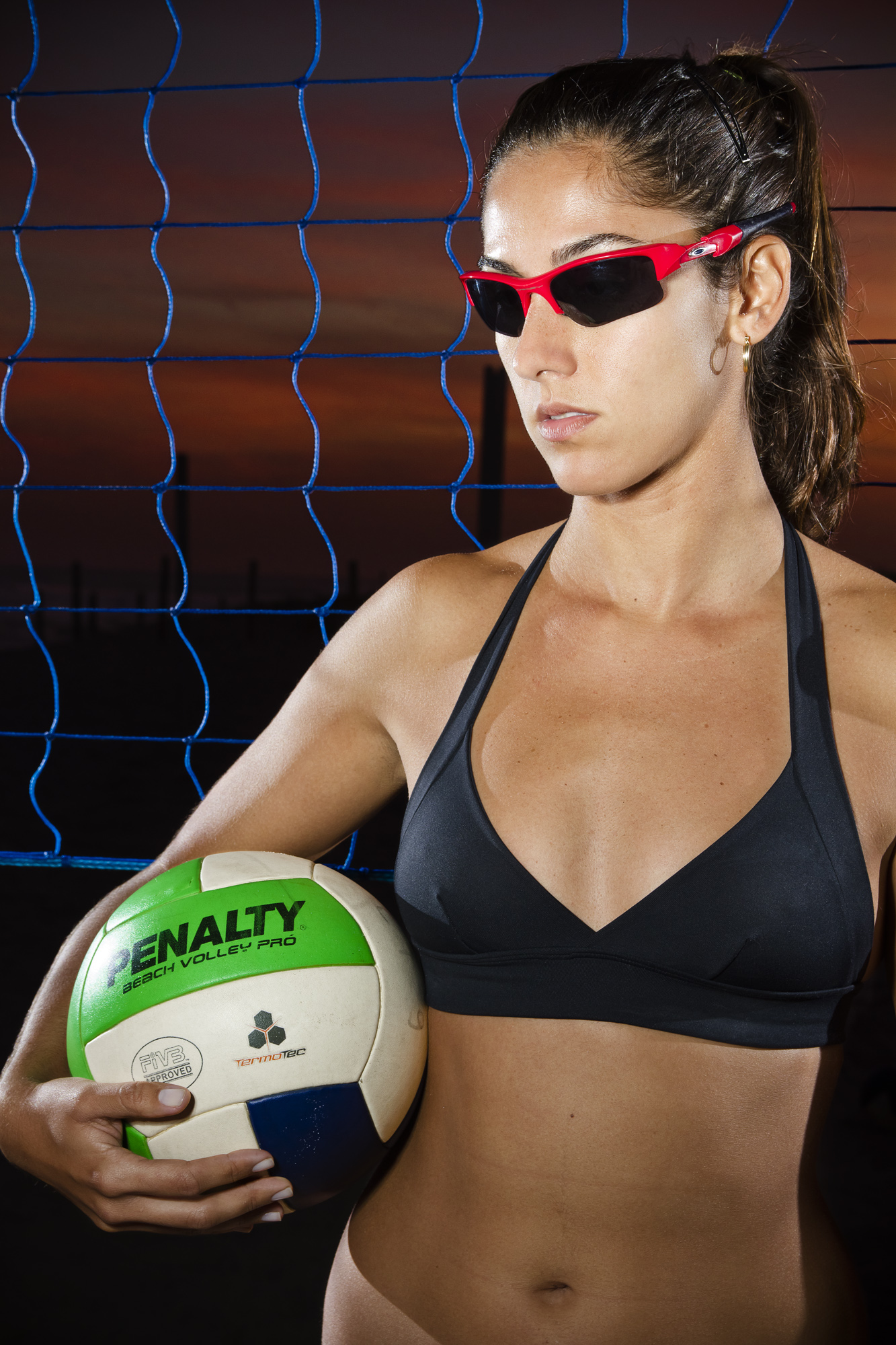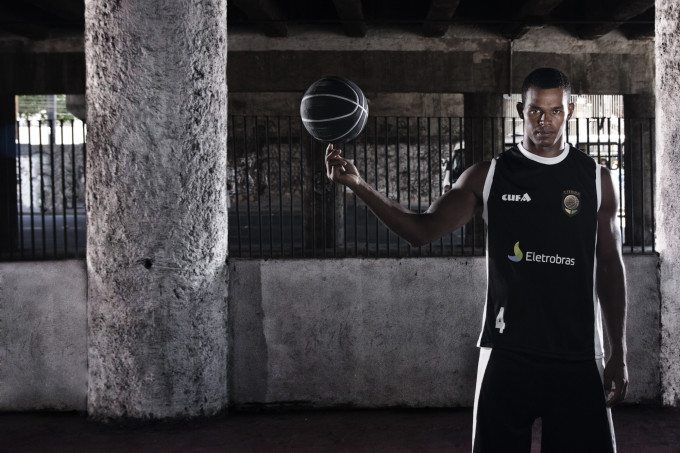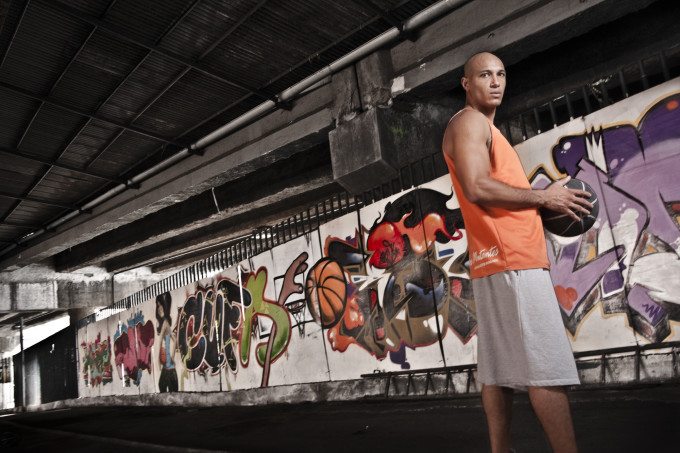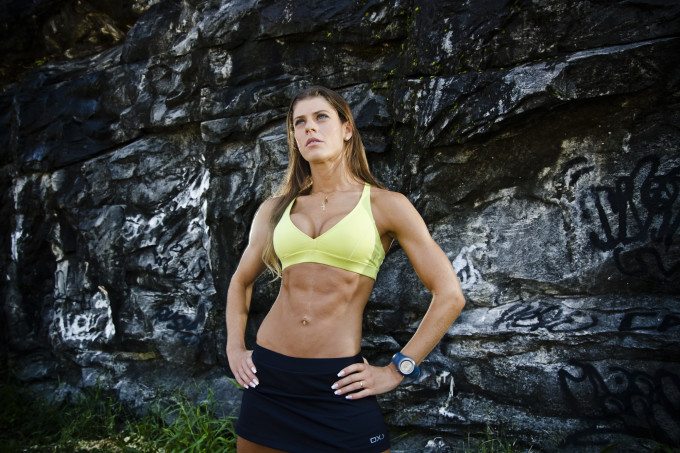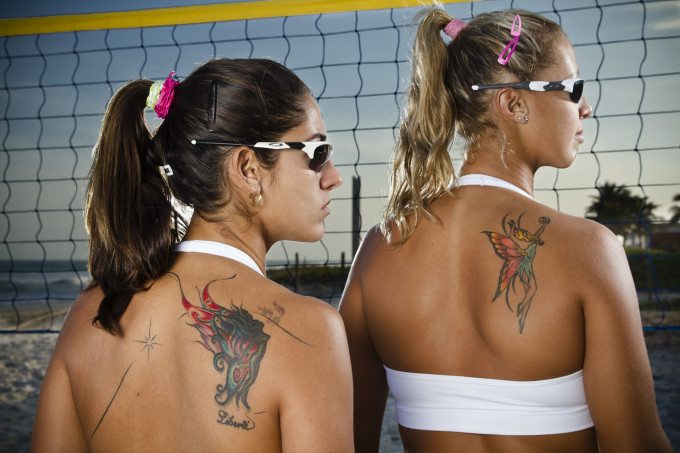All images by Dhani Borges. Used with permission.
“…as I flipped through the magazine I thought, “I could do this, taking skate photos is easy!”, if only I knew how hard it is.” says photographer Dhani Borges about how he got into photography. Dhani’s love of skating stuck with him as he moved from Vancouver to Brazil.
As a working photographer since 2000, he’s worked on creating better photos of athletes that have more of an impact. This started with skating and believe it or not, Dhani used to hate taking portraits. “Currently I find myself shooting for companies that organize marathons and other running related events, food photography, architecture work and major construction projects.” says Dhani.
More than anything though, Dhani proves what’s capable with minimal gear and a great creative vision.
Phoblographer: Talk to us about how you got into photography.
Dhani: I got into photography because of skateboarding, when I was a teenager growing up in Vancouver, Canada I would ask my mom to buy me a skate mag at the grocery store and as I flipped through the magazine I thought, “I could do this, taking skate photos is easy!”, if only I knew how hard it is. That was when I was 15 years old and at 20 I moved back to my home country, Brazil, and an old Nikon F2 surfaced in the move. I ended up taking advantage of this and used photography as a way to get to know people and fulfill my dream of working in the skateboard industry.
Phoblographer: What got you into portraits and how did you end up combining your love of sports and athletes with it?
Dhani: To tell you the truth, I always dreaded taking portraits, but for a lot of the features in the skate mags you would have to take a quick portrait to go along with the action shot. The portraits were always that snapshot of the skater as an afterthought. After a while I got sick of the snap shot mentality and decided to get good at taking portraits. At the time, the only thing I did was take skate photos so things just evolved naturally.
But saying that things evolved naturally is a bit of a lie. I studied tons and I can’t thank Scott Kelby and The Photoshop Guys enough for introducing me to the likes of Chase Jarvis, Dave Hobby, Frank Ockenfels, and Patrik Giardino; photographers who greatly influenced my work.
Phoblographer: Your portfolio of work has a wide variety of images that aren’t repetitive, so what typically inspires your creative vision when you’re creating these images?
Dhani: “Good artists borrow, Great artists steal”. I look at the work of the greats and reference their work all the time, and if you look at what they do, it is the most basic, simple things: Rule of thirds, symmetry, repetition, graphism and basic lighting schemes.
When I am at the actual moment of the shoot, I think of the story I have to tell and the elements that are in front of me. I will normally make the photo from the back to the front, looking for interesting background elements which will either help me tell the story or that have graphic elements that will lead the viewers eyes to the subject.
There isn’t really an A HA moment of inspiration, it is more of a process where the end objective is to make an aesthetically pleasing photo that should tell a mini story about the athlete that in some way converses with the viewer.
Phoblographer: When you’re in the process of creating these images, how much of the concepting is a collaborative process vs you posing a model?
Dhani: I think it is a collaborative process between you and the moment, you have to really be open and aware of everything that is happening around you. Sometimes it will be the athlete that already has a strong self image, sometimes it will be some element of the scene, sometimes it will be the natural light of the space. The most important thing is to have a plan, and be ready to throw it out at any moment if something better presents itself.
I think my dad says it best, “live in the here and now”.
Phoblographer: You’re very big on strobism, so how do you feel that lighting helps you to achieve your creative vision?
Dhani: Lighting is the key element of the shoot that sets the tone of the photo. Depending on how you light your subject, you can create the story you want.
Drama = low key
Beauty = high key
Quiet and calm = big soft lighting
and so forth.
Knowing how to use strobes and other lighting equipment gives you the liberty of telling the story the way you want at the time you want, which is very important when you have to make a living as a photographer and don’t have the leisure of going back to a location when the lighting is ideal. At this point I would have to tell everyone to look at Frank Ockenfels’ work to really understand how important lighting is to set the mood of a shot, his work is cinematic in its quality and story telling capacity. And if you want to learn how to light, Dave Hobby’s site “The Strobist” is an invaluable resource with his lighting 101 being were to start.
Phoblographer: Talk to us about the gear that you use and why you choose it.
Dhani: As a Skateboard photographer the budgets were always low and I never worked with an assistant so you had to be able to carry an entire studio setup by yourself and set it up in 5 minutes max. (security guards don’t like skaters). This work ethos really defined my gear necessities and how I think about shooting even till today.
At the moment I use a Canon 7D with the Canon EF-s 17-55 f2,8 lens. The reason I use the 7D is two-fold, it is literally the best camera ever made at that price point for anyone who is interested in sports and when you live in Brazil, an import tax of a 100% and a weak local currency makes it very hard to buy top L series glass and a 1Dx.
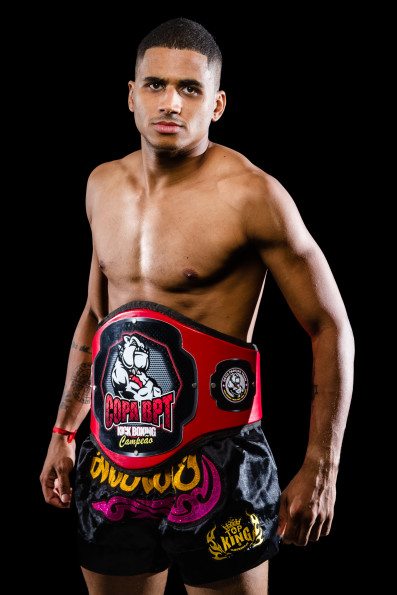
For lighting I use three 580 EX II fired remotely via Pocket Wizards. My favorite lighting accessories are the Dave Honl Grids, a Chimera Speed Ring/soft box for strobes,shoot through umbrellas and an assortment of stands and a boom.
I won’t lie and say that gear isn’t important, but gear is secondary to knowledge. There are very few photographic problems that you can’t get around with creative thinking and a solid understanding of lighting.
Phoblographer: Based on your thought process of making images, what do you feel makes an image that you create uniquely yours and stands out from the rest?
Dhani: What makes you uniquely you? My images are a reflection of who I am and the things I have lived through. The images I make are a result of a life of skateboarding, listening to music and looking at the images made by the popular cultures of skateboarding, punk rock and hip hop.
After fifteen years of photography, people say I have a style, I don’t really recognize it but I guess I do. I do know that style takes time, you have to be patient and really work at your craft.
Live life, read a lot of books, listen to music, watch classic movies, eat good food, travel, try new things in life, study the classic photographers, be yourself and be happy. These are things that are going to make your work really shine and have its own character.


